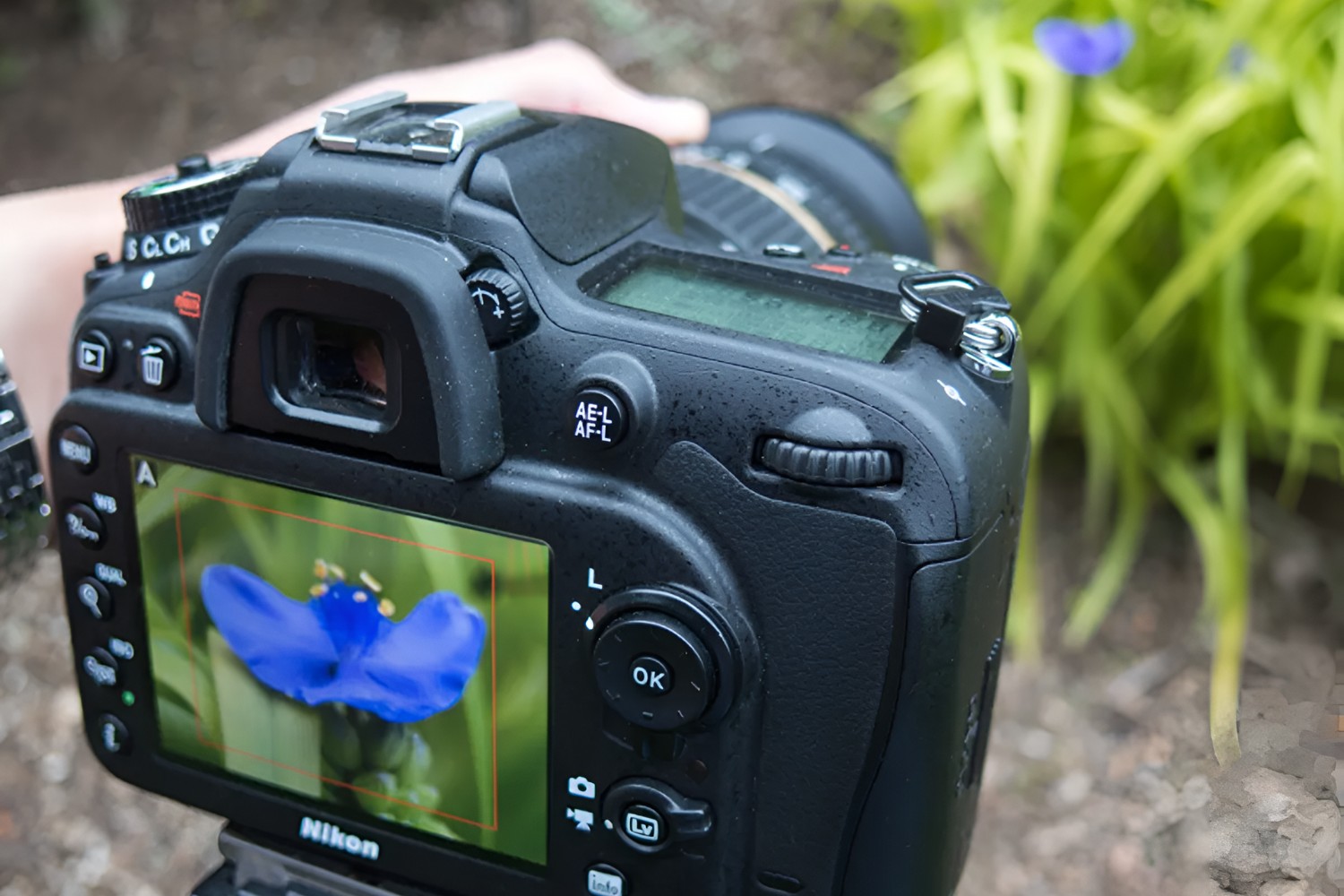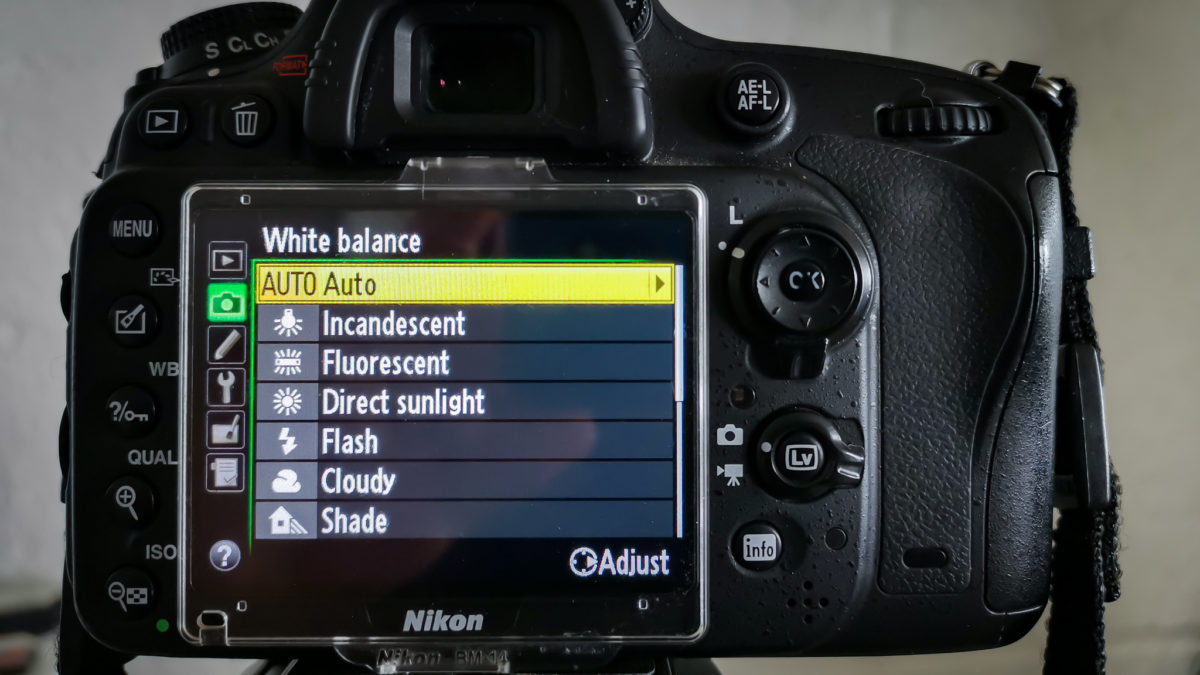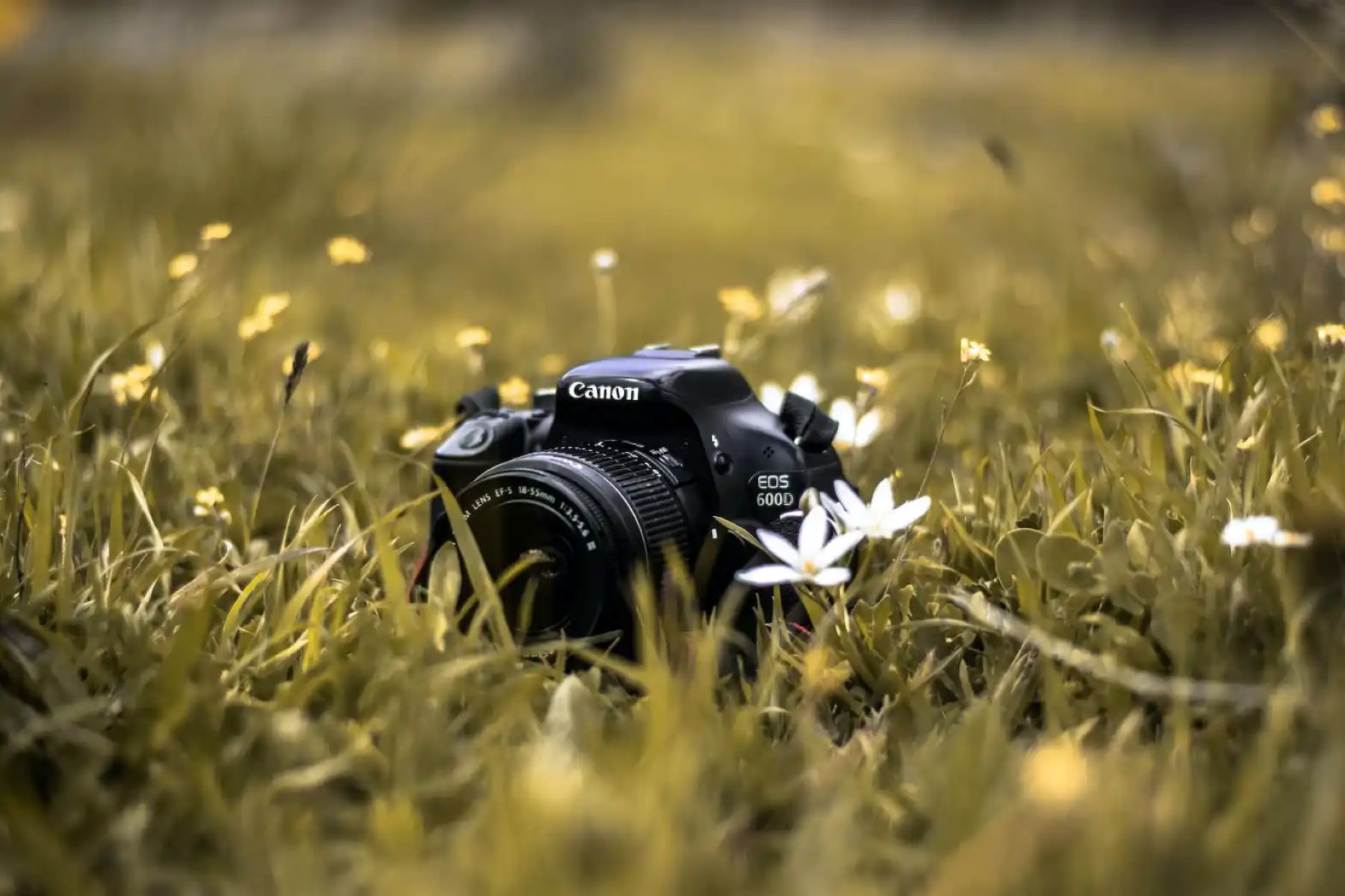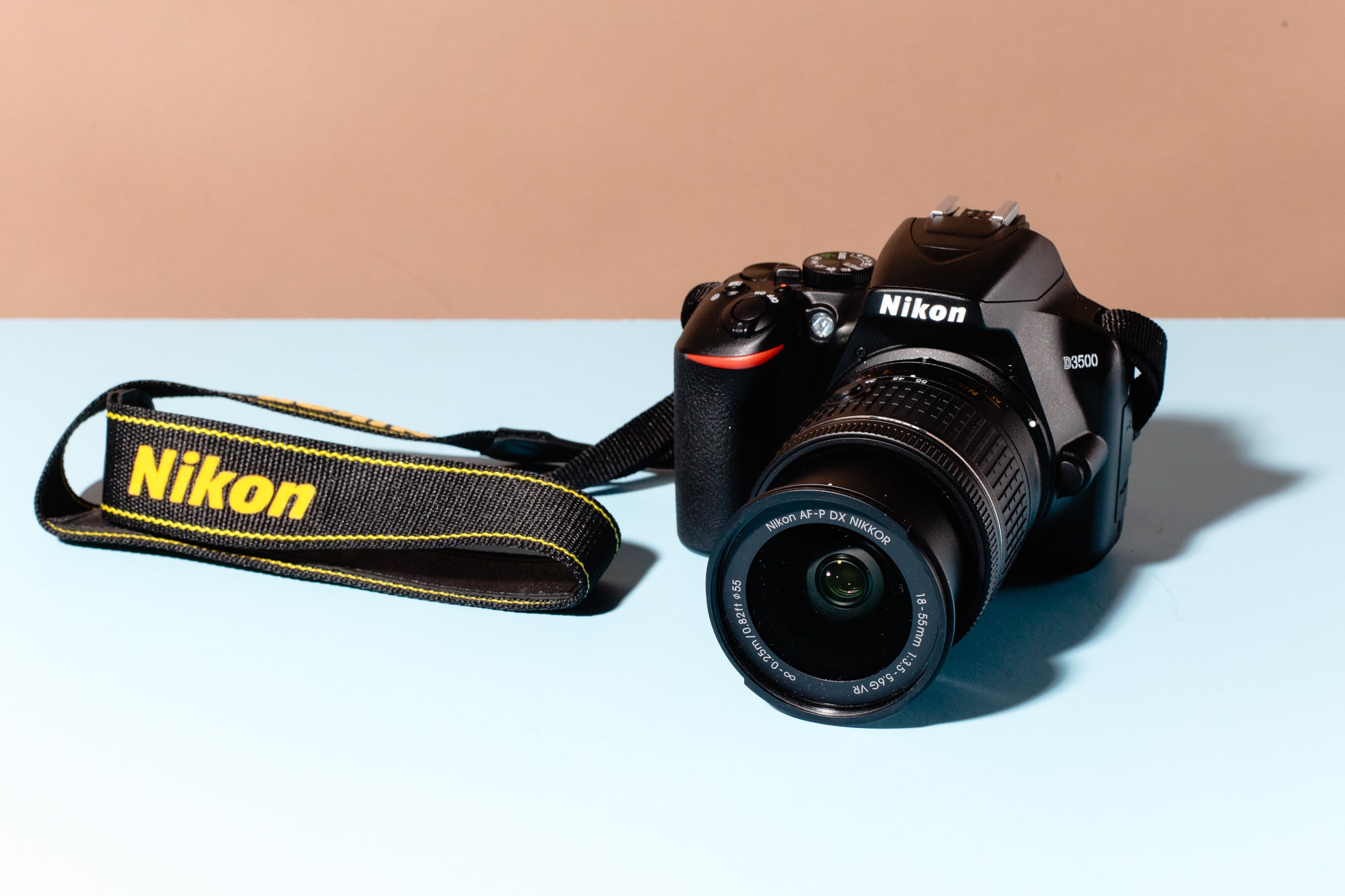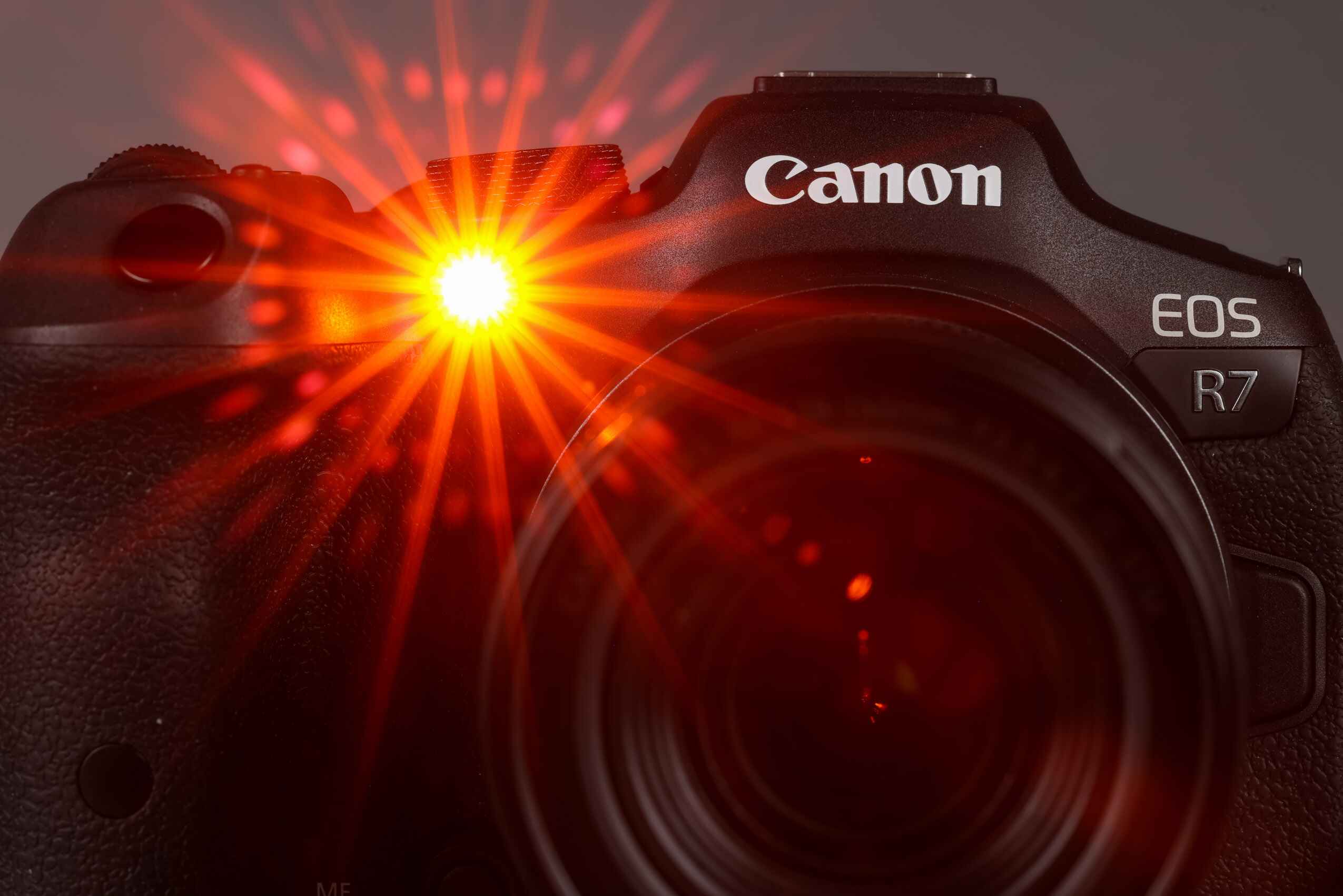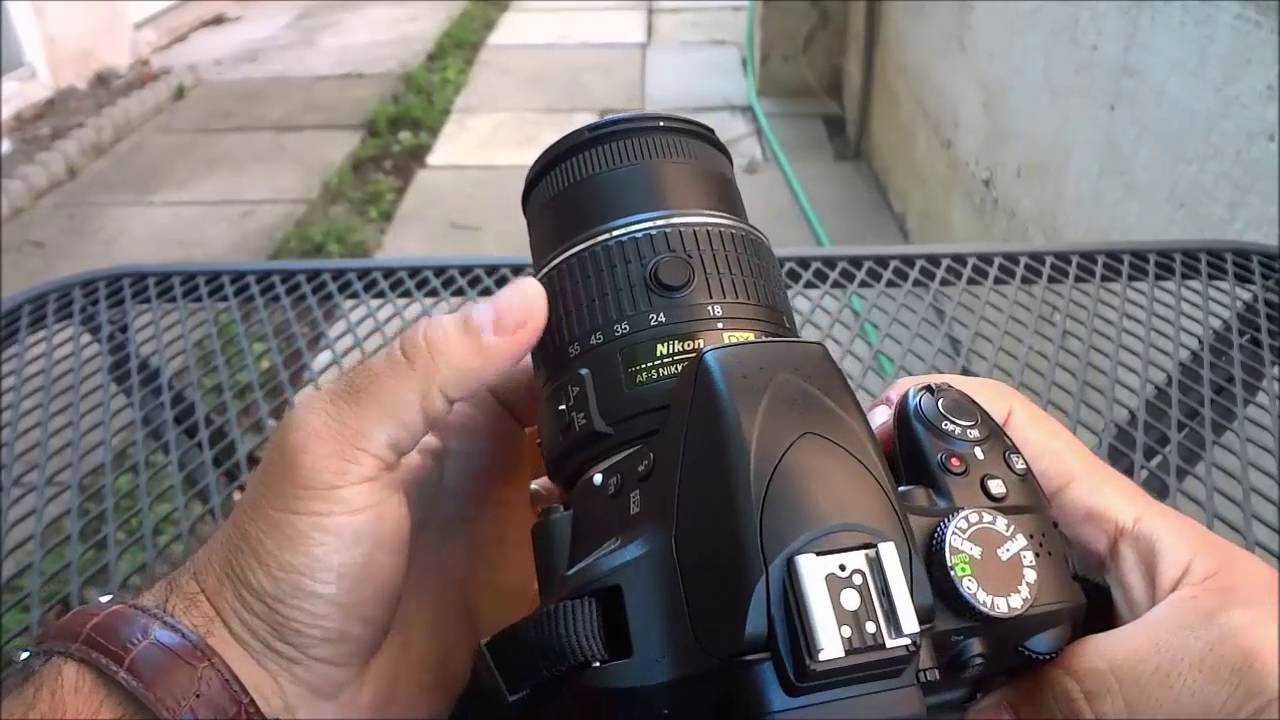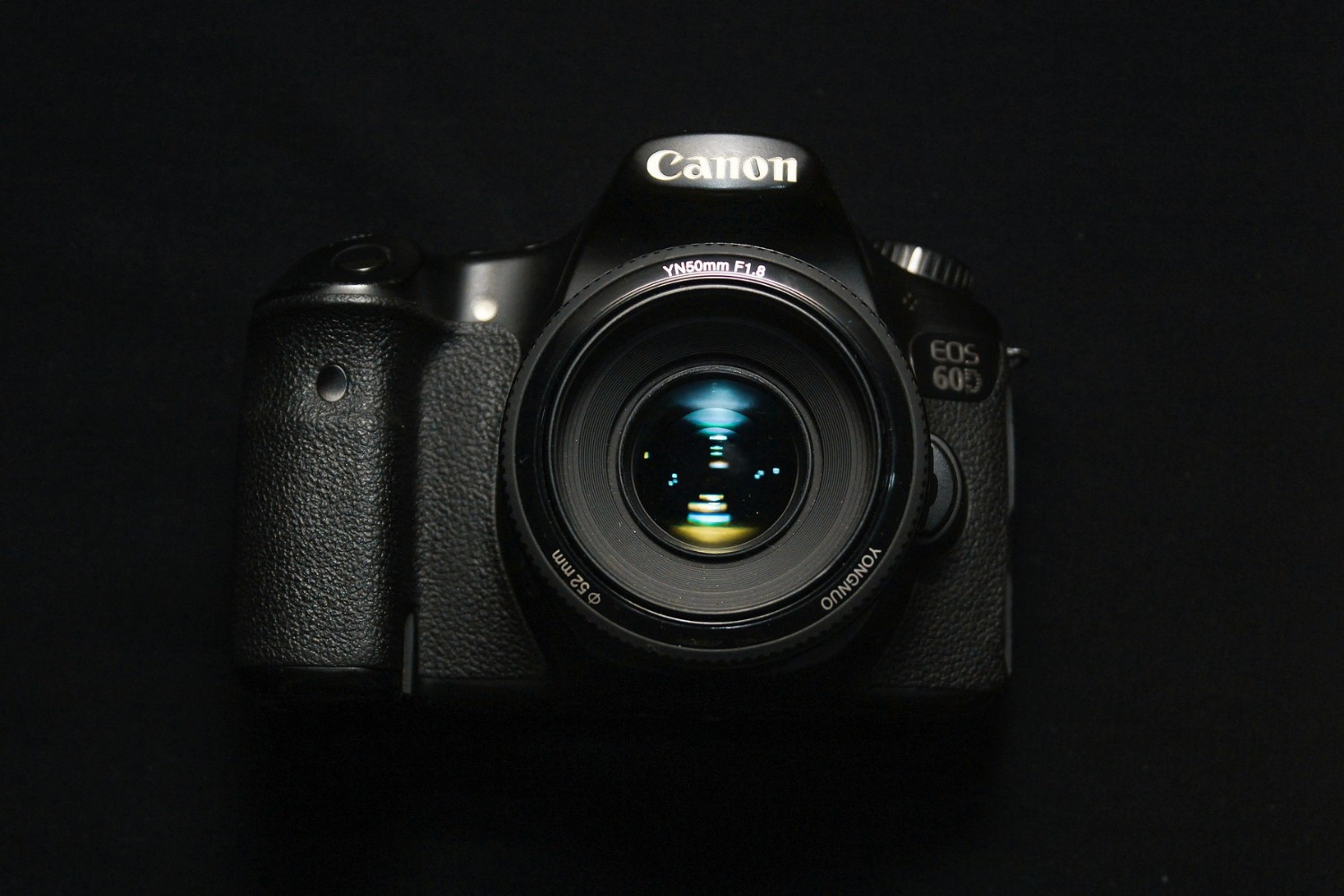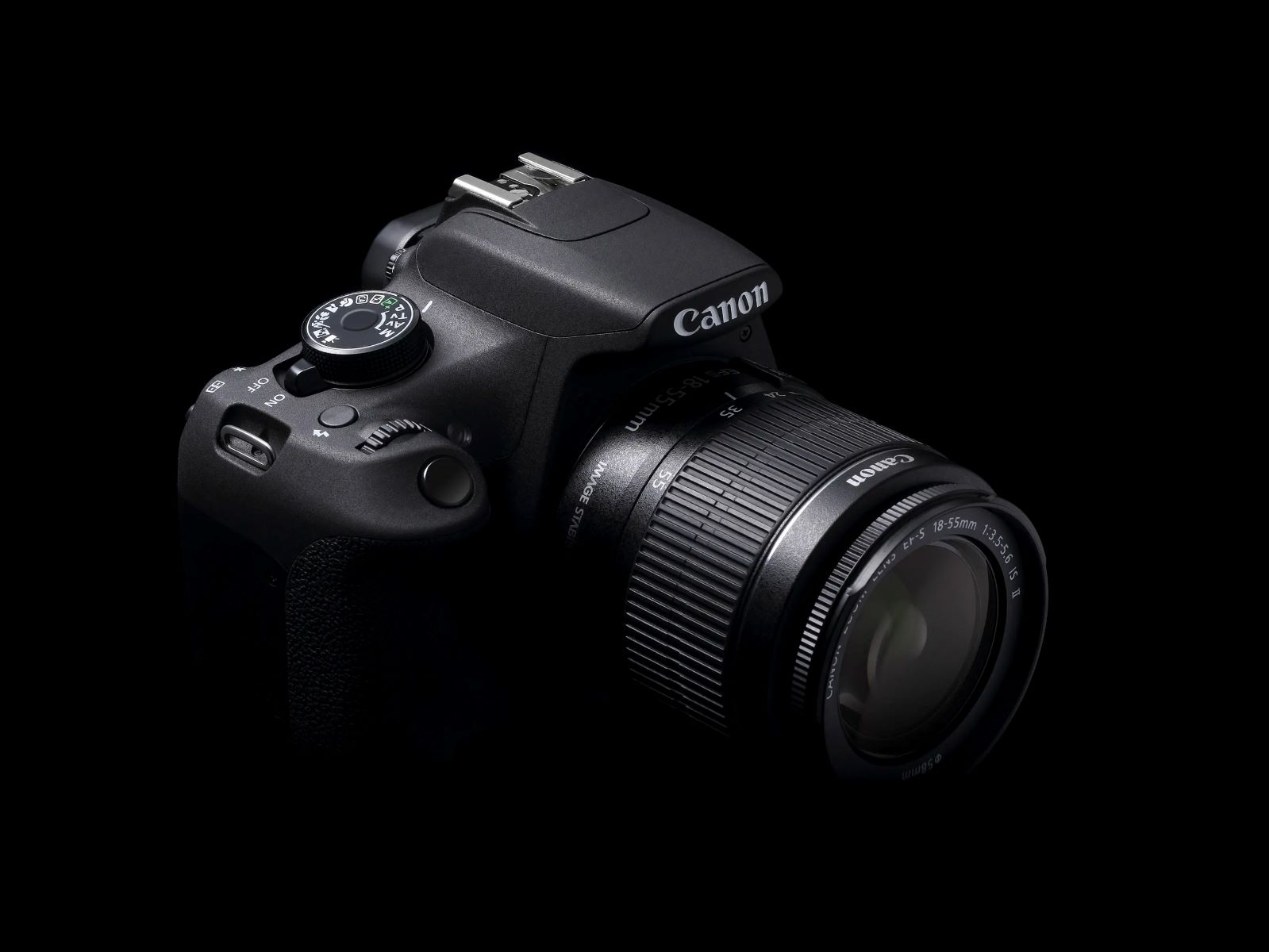Introduction
Understanding the Impact of Cloudy Conditions on Photography
Photography is a delicate interplay of light, composition, and technical settings. When capturing images on a cloudy day, the lighting conditions differ significantly from those on a sunny day. Understanding how these conditions affect your DSLR camera settings is crucial for achieving optimal results.
Cloudy days offer diffused light, which can create a soft and flattering ambiance for photography. The absence of harsh shadows and intense sunlight allows for more balanced exposures and reduced contrast in your images. However, the limited natural light can pose challenges for photographers, requiring adjustments to camera settings to ensure the desired outcome.
In this guide, we will delve into the intricacies of shooting in cloudy conditions with a DSLR camera. From selecting the appropriate shooting mode to fine-tuning exposure settings and white balance adjustments, we will explore the techniques that can help you capture stunning images even when the sun is obscured by clouds. Whether you are a professional photographer or an enthusiast looking to elevate your photography skills, mastering the art of shooting in cloudy conditions is a valuable asset that can enhance the quality of your work.
Join us as we unravel the mysteries of cloudy-day photography and equip you with the knowledge and techniques to make the most of these unique lighting conditions. By the end of this guide, you will be well-versed in optimizing your DSLR camera settings for capturing captivating images on cloudy days.
Understanding the Impact of Cloudy Conditions on Photography
Cloudy days significantly alter the lighting conditions for photography, presenting both challenges and opportunities for photographers. The diffused light on a cloudy day creates a soft, even illumination that can enhance the subtleties of a scene. However, the reduced intensity of natural light necessitates a thoughtful approach to camera settings to ensure optimal results.
One of the key characteristics of cloudy-day lighting is the absence of harsh shadows. Without direct sunlight, the contrast between light and dark areas is minimized, resulting in a more balanced exposure across the scene. This can be advantageous for capturing portraits, as the soft light helps to create flattering and gentle transitions between highlights and shadows on the subject’s face.
Additionally, the diffused light on a cloudy day can enrich colors and textures, making them appear more vibrant and detailed in photographs. The overcast sky acts as a natural light diffuser, reducing the harsh glare and reflections that often accompany direct sunlight. As a result, the subtle nuances of the subject, such as the intricate patterns of foliage or the texture of a landscape, are rendered with greater clarity and depth.
However, the limited intensity of natural light on a cloudy day can pose challenges in achieving fast shutter speeds and maintaining optimal exposure. Without the abundance of sunlight, photographers may need to compensate by adjusting their camera settings to accommodate the subdued lighting conditions. Understanding how to adapt to these conditions is essential for capturing well-exposed and visually compelling images.
By grasping the nuances of lighting on a cloudy day, photographers can leverage the unique attributes of diffused light to create captivating images. The interplay of soft illumination, reduced contrast, and enriched colors presents an opportunity to explore the artistic potential of cloudy-day photography. With the right techniques and a nuanced understanding of lighting conditions, photographers can harness the beauty of overcast skies to produce stunning and evocative imagery.
Choosing the Right Mode for a Cloudy Day
When photographing in cloudy conditions, selecting the appropriate shooting mode on your DSLR camera is crucial for achieving the desired results. Different shooting modes offer distinct functionalities that can help optimize the camera settings to suit the subdued lighting and diffused ambiance of a cloudy day.
One of the primary modes to consider for cloudy-day photography is the aperture priority mode (A or Av). This mode allows you to set the desired aperture while enabling the camera to automatically adjust the shutter speed to achieve the proper exposure. In cloudy conditions, using a wider aperture (lower f-stop number) can help maximize the available light, allowing for faster shutter speeds and greater depth of field. This is particularly beneficial when capturing portraits or subjects with intricate details, as the wider aperture can create a pleasing background blur while maintaining sharp focus on the subject.
Another viable option for cloudy-day shooting is the program mode (P), which provides a balance between automatic and manual control. In this mode, the camera sets both the aperture and shutter speed, but allows the photographer to make adjustments to other settings such as ISO and exposure compensation. Program mode can be advantageous in quickly adapting to changing lighting conditions, making it a versatile choice for capturing diverse subjects on a cloudy day.
For photographers seeking more control over the exposure settings, the manual mode (M) offers complete autonomy in adjusting the aperture, shutter speed, and ISO. In cloudy conditions, manual mode empowers photographers to fine-tune the settings to achieve the desired exposure, especially when faced with challenging light levels. While it requires a deeper understanding of camera settings, manual mode provides the flexibility to adapt to the nuances of cloudy-day lighting and achieve precise control over the image capture process.
Furthermore, some DSLR cameras feature specific scene modes tailored to cloudy or overcast conditions. These scene modes are designed to optimize the camera settings for capturing images in low-light environments, offering a convenient option for photographers who prefer a more automated approach to adjusting their camera settings based on the prevailing lighting conditions.
By selecting the right shooting mode for cloudy-day photography, photographers can leverage the capabilities of their DSLR cameras to adapt to the unique lighting conditions and capture compelling images with precision and artistry.
Selecting the Ideal Settings for a Cloudy Day
Adjusting the camera settings on a DSLR to suit the specific characteristics of a cloudy day is essential for achieving well-exposed and visually striking photographs. By fine-tuning the settings to accommodate the subdued lighting and diffused ambiance, photographers can capture images that effectively convey the mood and nuances of the scene.
One of the key settings to consider when shooting in cloudy conditions is the ISO sensitivity. In low-light situations, such as on a cloudy day, increasing the ISO can help compensate for the reduced natural light, allowing for faster shutter speeds and minimizing the risk of motion blur. However, it is important to strike a balance, as higher ISO settings can introduce digital noise into the images. Opting for a moderate ISO setting, such as ISO 400 or 800, can often strike a balance between light sensitivity and image quality, ensuring well-exposed photographs without excessive noise.
When it comes to aperture settings, using a wider aperture (lower f-stop number) can help maximize the available light, allowing for faster shutter speeds and greater depth of field. This is particularly advantageous for portraits and close-up shots, as the wider aperture can create a pleasing background blur while maintaining sharp focus on the subject. Additionally, the wider aperture can enhance the details and textures in the scene, making it well-suited for capturing the subtleties of cloudy-day environments.
Adjusting the shutter speed is crucial for achieving proper exposure, especially in subdued lighting conditions. On a cloudy day, a slightly faster shutter speed can help mitigate the risk of camera shake and motion blur, ensuring sharp and clear images. While the specific shutter speed may vary based on the available light and the desired effect, aiming for a speed that is one to two stops faster than the reciprocal of the focal length (e.g., 1/125s for a 50mm lens) can help maintain image sharpness while compensating for the limited natural light.
Furthermore, utilizing exposure compensation can be advantageous for fine-tuning the exposure to suit the cloudy-day lighting. By adjusting the exposure compensation to slightly overexpose the images, photographers can compensate for the subdued light and ensure that the details in the shadows are adequately captured, resulting in well-balanced and visually appealing photographs.
By carefully selecting and adjusting the camera settings to accommodate the unique attributes of cloudy-day lighting, photographers can harness the atmospheric qualities of the environment to create compelling and evocative images that resonate with viewers.
Using White Balance for Cloudy Conditions
White balance plays a pivotal role in ensuring that the colors in a photograph accurately reflect the scene as perceived by the human eye. In cloudy conditions, the color temperature of the ambient light differs from that of sunny or artificial lighting, necessitating deliberate adjustments to the white balance settings on a DSLR camera to maintain the fidelity of colors in the captured images.
When photographing in overcast or cloudy conditions, the prevailing light often exhibits cooler color temperatures, tending towards blue or gray tones. To counteract this coolness and preserve the natural warmth and vibrancy of the scene, photographers can adjust the white balance settings to a slightly warmer tone, typically in the range of 6000-7000 Kelvin. This adjustment helps mitigate the bluish cast that can result from the diffused light on a cloudy day, ensuring that the colors in the photographs appear true to life and visually appealing.
Many DSLR cameras offer specific white balance presets tailored to cloudy or overcast conditions, such as the “Cloudy” or “Shade” settings. These presets are designed to compensate for the cooler color temperatures associated with subdued natural light, effectively warming up the overall color rendition in the images. By selecting the appropriate white balance preset for cloudy conditions, photographers can streamline the process of achieving accurate color reproduction without the need for extensive manual adjustments.
For photographers who prefer a more nuanced approach, manually adjusting the white balance using the Kelvin scale provides the flexibility to fine-tune the color temperature based on the specific characteristics of the prevailing light. By experimenting with slightly warmer white balance settings, photographers can impart a touch of richness and warmth to their images, enhancing the visual impact and emotional resonance of the photographs captured in cloudy conditions.
Furthermore, post-processing tools and software offer additional opportunities to refine the white balance during the editing phase, allowing photographers to further tailor the color rendition to their artistic vision. By leveraging these tools, photographers can fine-tune the white balance to achieve a harmonious and evocative portrayal of the scene, ensuring that the colors in the photographs authentically reflect the ambiance and mood of the cloudy-day environment.
By adeptly utilizing white balance adjustments to accommodate the unique color temperatures of cloudy conditions, photographers can ensure that their images exude a natural and captivating visual allure, resonating with viewers and conveying the atmospheric qualities of the overcast environment.
Adjusting Exposure Compensation for Cloudy Days
Exposure compensation is a valuable tool for fine-tuning the exposure of photographs, particularly in challenging lighting conditions such as those encountered on cloudy days. By strategically adjusting the exposure compensation settings on a DSLR camera, photographers can effectively compensate for the subdued natural light and ensure well-balanced exposures that capture the nuances and details of the scene.
On a cloudy day, the diffused light and reduced contrast can present exposure challenges, potentially leading to underexposed or flat-looking images. To counteract these effects, photographers can utilize exposure compensation to slightly overexpose the images, thereby preserving the subtle tonal gradations and enhancing the overall luminance of the photographs. By dialing in positive exposure compensation, typically in the range of +0.3 to +1 stops, photographers can mitigate the risk of underexposure and infuse their images with a sense of vibrancy and clarity.
When capturing scenes with predominantly light-toned elements, such as clouds or overcast skies, employing positive exposure compensation can help prevent these areas from appearing washed out or lacking in detail. By subtly brightening the overall exposure, photographers can ensure that the delicate textures and variations in the cloud cover are faithfully rendered, contributing to a more compelling and visually engaging depiction of the cloudy-day atmosphere.
Moreover, exposure compensation can be instrumental in preserving the details in shadowed areas, which may be more pronounced in the subdued lighting of a cloudy day. By gently elevating the exposure, photographers can prevent shadowed regions from becoming excessively dark, allowing for a more balanced and nuanced representation of the scene. This approach enhances the overall tonal range of the images, resulting in photographs that convey a greater sense of depth and dimensionality.
It is important to exercise discretion when applying exposure compensation, as excessive overexposure can lead to loss of highlight detail and a reduction in overall image quality. By carefully gauging the impact of exposure compensation on the scene and monitoring the histogram for optimal tonal distribution, photographers can strike a harmonious balance that accentuates the visual allure of the cloudy-day environment.
By adeptly leveraging exposure compensation to tailor the exposure to the unique lighting characteristics of cloudy conditions, photographers can elevate their images, imbuing them with a captivating luminosity and a faithful representation of the atmospheric nuances present in the overcast environment.
Conclusion
Mastering the art of photography on a cloudy day entails a nuanced understanding of the unique lighting conditions and the adept manipulation of DSLR camera settings to achieve captivating and evocative images. By comprehending the impact of diffused light, reduced contrast, and cooler color temperatures, photographers can harness the atmospheric qualities of cloudy conditions to produce stunning visual narratives that resonate with viewers.
From selecting the appropriate shooting mode to fine-tuning exposure settings, photographers can adapt their DSLR cameras to the subdued natural light, ensuring well-exposed photographs that authentically capture the mood and nuances of the cloudy-day environment. Leveraging the white balance settings to counteract the cool color temperatures and employing exposure compensation to enhance the overall luminance are pivotal techniques that empower photographers to infuse their images with a sense of vibrancy and depth.
Furthermore, the strategic adjustment of ISO sensitivity and aperture settings enables photographers to optimize their camera settings for the unique attributes of cloudy conditions, allowing for faster shutter speeds and enhanced depth of field. By integrating these technical considerations with a discerning artistic vision, photographers can transform the subdued lighting of a cloudy day into a canvas for creativity, capturing scenes imbued with a sense of tranquility, introspection, and subtle beauty.
As photographers navigate the intricacies of shooting in cloudy conditions, they are presented with an opportunity to explore the interplay of light, color, and mood in their images, elevating their craft and expanding their expressive repertoire. By embracing the challenges and opportunities inherent in cloudy-day photography, photographers can refine their skills, cultivate a keen sensitivity to light and atmosphere, and ultimately produce images that convey the enchanting allure of overcast skies.
Armed with the knowledge and techniques elucidated in this guide, photographers can embark on a journey to capture the ethereal charm and emotive resonance of cloudy-day environments, creating a body of work that encapsulates the understated beauty and evocative power of diffused natural light.









